Time Management Tips for Service-Based Professionals
Balancing Client Work and Business Operations
If you’re a service-based professional—whether you're a coach, consultant, educator, or creative—you likely wear many hats: service provider, business owner, marketer, administrator, and more. Balancing these roles can feel overwhelming, especially when your days are packed. Effective time management is essential not only for keeping your business operations running smoothly but also for delivering high-quality service to your clients. Here are some practical tips to help you strike the right balance.
1. Prioritize Your Tasks
Not all tasks carry the same weight. Start by identifying what’s most urgent and important each day. Consider using the Eisenhower Matrix to categorize tasks:
Urgent and Important
Important but Not Urgent
Urgent but Not Important
Neither Urgent nor Important
Focus on the first two and either schedule, delegate, or eliminate the rest.
2. Set Clear Goals
Having clear, achievable goals keeps you aligned and focused. Break down long-term goals into daily or weekly tasks. For example, if you want to increase your client base, set short-term goals like updating your website, posting on social media, or following up on leads. Goal clarity prevents distractions and drives purposeful action.
3. Create a Structured Schedule
Structure brings freedom. Allocate specific time blocks for client work, admin, marketing, and professional development. Consistency builds momentum—perhaps you dedicate mornings to strategy and client prep, afternoons to sessions or meetings, and evenings to catching up or winding down.
4. Batch Similar Tasks
Switching between unrelated tasks eats up mental energy. Instead, group similar tasks together. Respond to emails in one block. Schedule all your content for the week at once. Review finances on a specific day each month. Task batching improves focus and flow.
5. Leverage Technology
Let tech do the heavy lifting. Use tools like Google Calendar or Calendly for scheduling. Automate invoicing and emails with platforms like HoneyBook, Dubsado, or Mailchimp. Manage your workload and deadlines using project management apps like Trello, Asana, or Notion. The right tools reduce manual effort and help keep things on track.
6. Delegate and Outsource
You don’t have to do it all. Delegate administrative tasks, social media, bookkeeping—or anything outside your zone of genius. Hiring a virtual assistant or freelancer allows you to spend more time where you add the most value: with your clients and your core offerings
7. Set Boundaries
Protect your time and energy by setting clear work boundaries. Define your working hours, and communicate them to clients. Avoid responding to messages outside of those hours. Boundaries ensure you have space to recharge and prevent burnout in the long run.
8. Take Breaks and Recharge
Don’t underestimate the power of rest. Schedule short breaks throughout the day and longer breaks throughout the month. Stepping away from work—even for a few minutes—can reset your focus, creativity, and motivation. Make time for rest part of your strategy.
Conclusion
Balancing client work with business operations takes discipline and a thoughtful approach to time. With strategic planning, clear goals, and support from technology or a remote team, you can manage your workload without sacrificing quality or well-being.
Prioritize what matters, delegate what doesn’t, and protect your time—so you can grow your business while staying energized and inspired.
